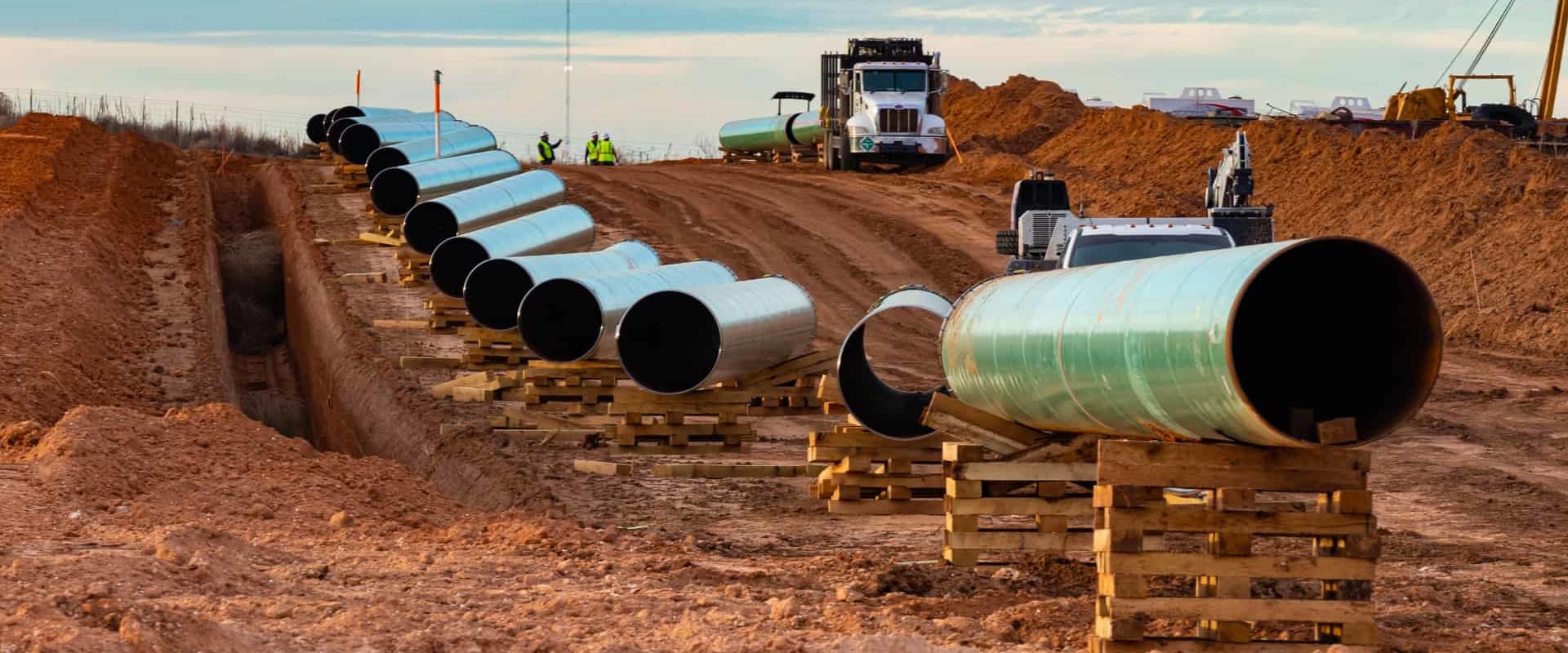Natural gas moves through the transmission system at a speed of up to 30 miles per hour, so it takes several days for Texas gas to reach a utility reception point in the northeast. With a maximum gas rating of 100 feet per second (30 mph), speed can be increased. During an erosion cycle, the velocity should not be less than 5 meters per second (for example, it should be assumed that natural gas should assume that higher than usual pressure drops may result in a higher pressure drop or lower load capacity of the pipeline). Pipelines are made of steel or plastic pipes that are usually buried.
Oil is moved through the pipelines by pumping stations along the pipeline. Natural gas (and similar gaseous fuels) is pressurized into liquids known as natural gas liquids (NGL). Natural gas pipelines are built with carbon steel. Hydrogen pipeline transport is the transport of hydrogen through a pipeline.
Pipelines are one of the safest ways to transport materials compared to road or rail, and therefore, in war, pipelines are often targeted by military attacks. Since then, the United States has developed an extensive network of natural gas pipelines, consisting of more than 300,000 miles of transmission pipelines and more than 210 separate natural gas pipeline systems. Supplying natural gas from natural gas and oil wells to consumers requires many infrastructure assets and processing steps, and includes several physical custody transfers. The composition of wellhead natural gas determines the number of stages and processes required to produce pipeline quality dry natural gas.
About half of the existing main natural gas transmission grid and a large part of the local distribution network were installed in the 1950s and 1960s because consumer demand for natural gas more than doubled after World War II. At 30 miles per hour, natural gas reaches the transmission system; the Northeast only has access to this gas after being transported over several days from Texas. Similarly, it is often economically more feasible to transport natural gas in the form of LNG, however, the balance point between LNG and pipelines would depend on the volume of natural gas and the distance it travels. Russian state-owned gas company Gazprom interrupted natural gas supply to Ukraine after talks between it and the Ukrainian government failed.
In addition to cutting off supply to Ukraine, Russian gas flowing through Ukraine, which included almost all supplies to Southeast Europe and some supplies to Central and Western Europe, was cut off, creating a major crisis in several countries that relied heavily on Russian gas as fuel. Storing natural gas during periods of low demand helps ensure that sufficient natural gas supplies are available during periods of high demand. Natural gas (and similar gaseous fuels) is slightly pressurized in liquids known as natural gas liquids (NGL).




